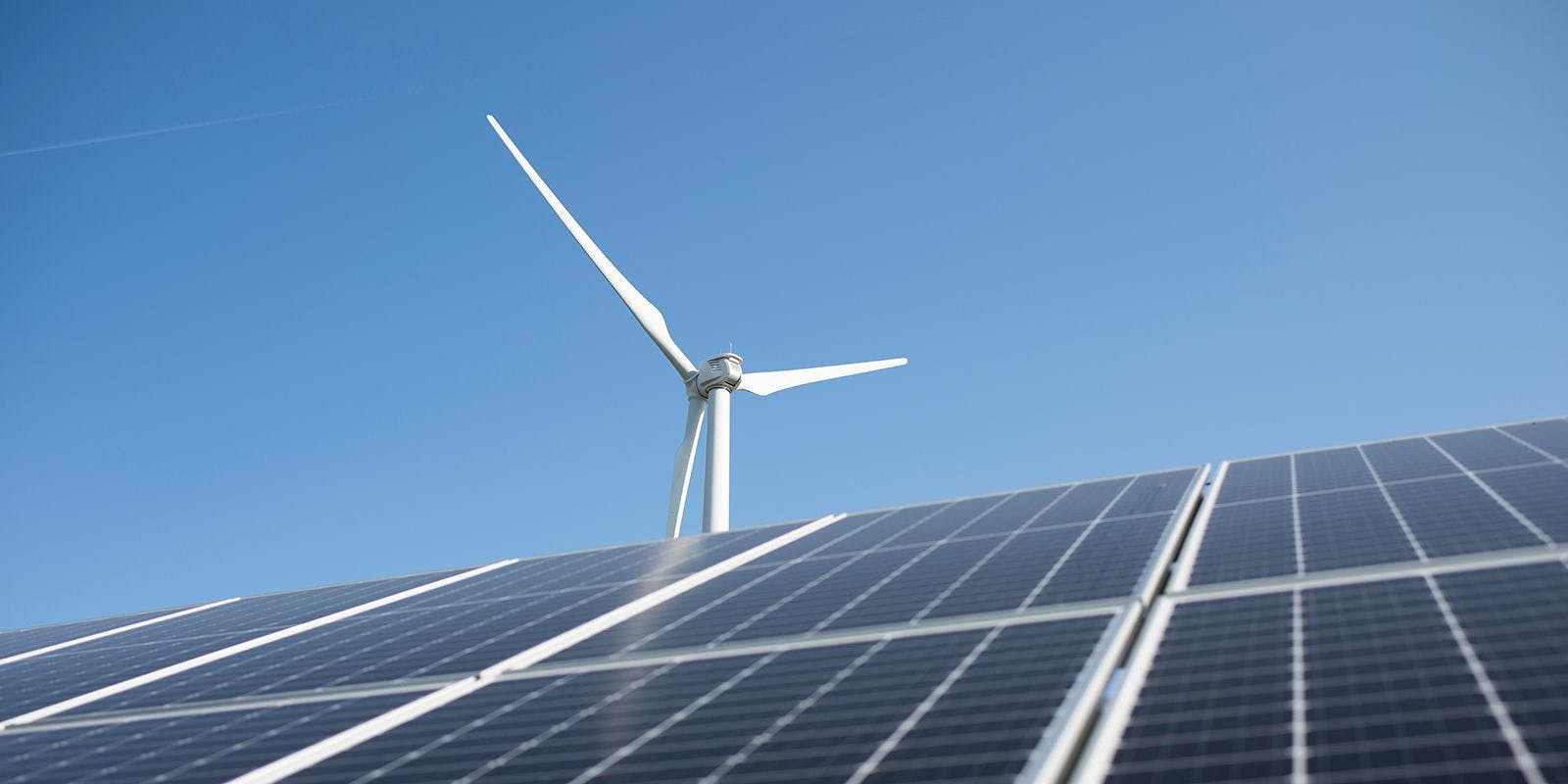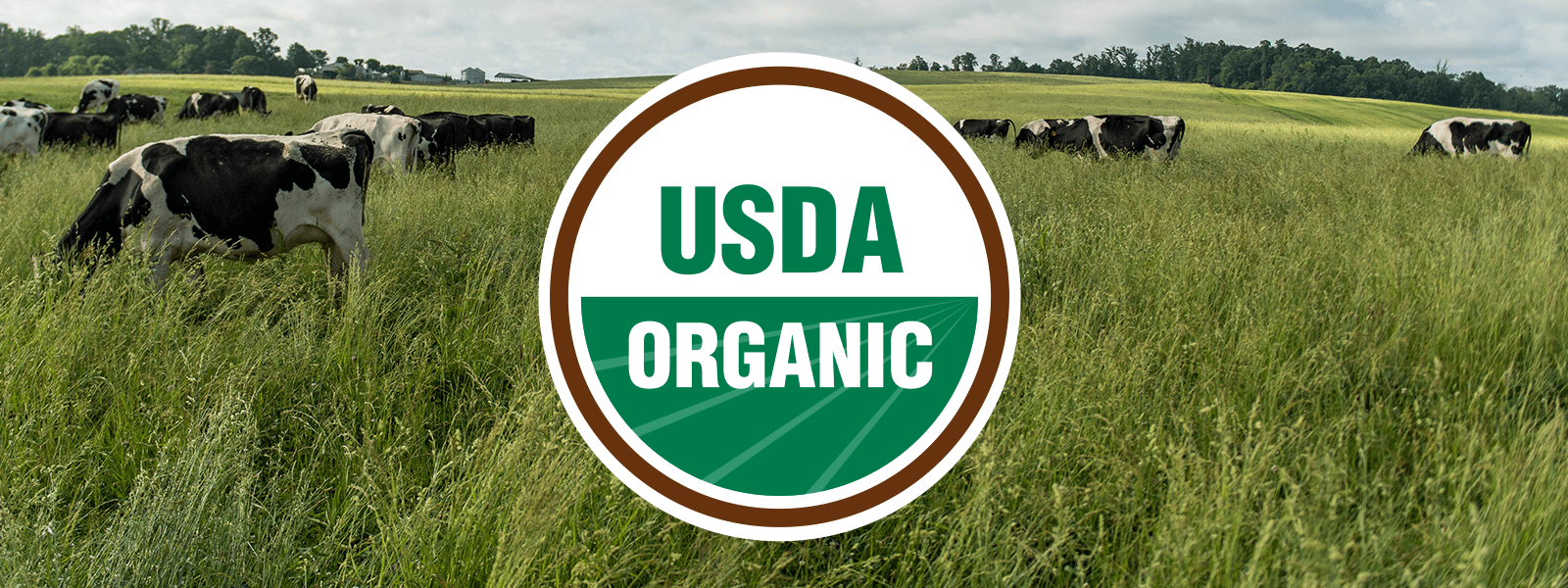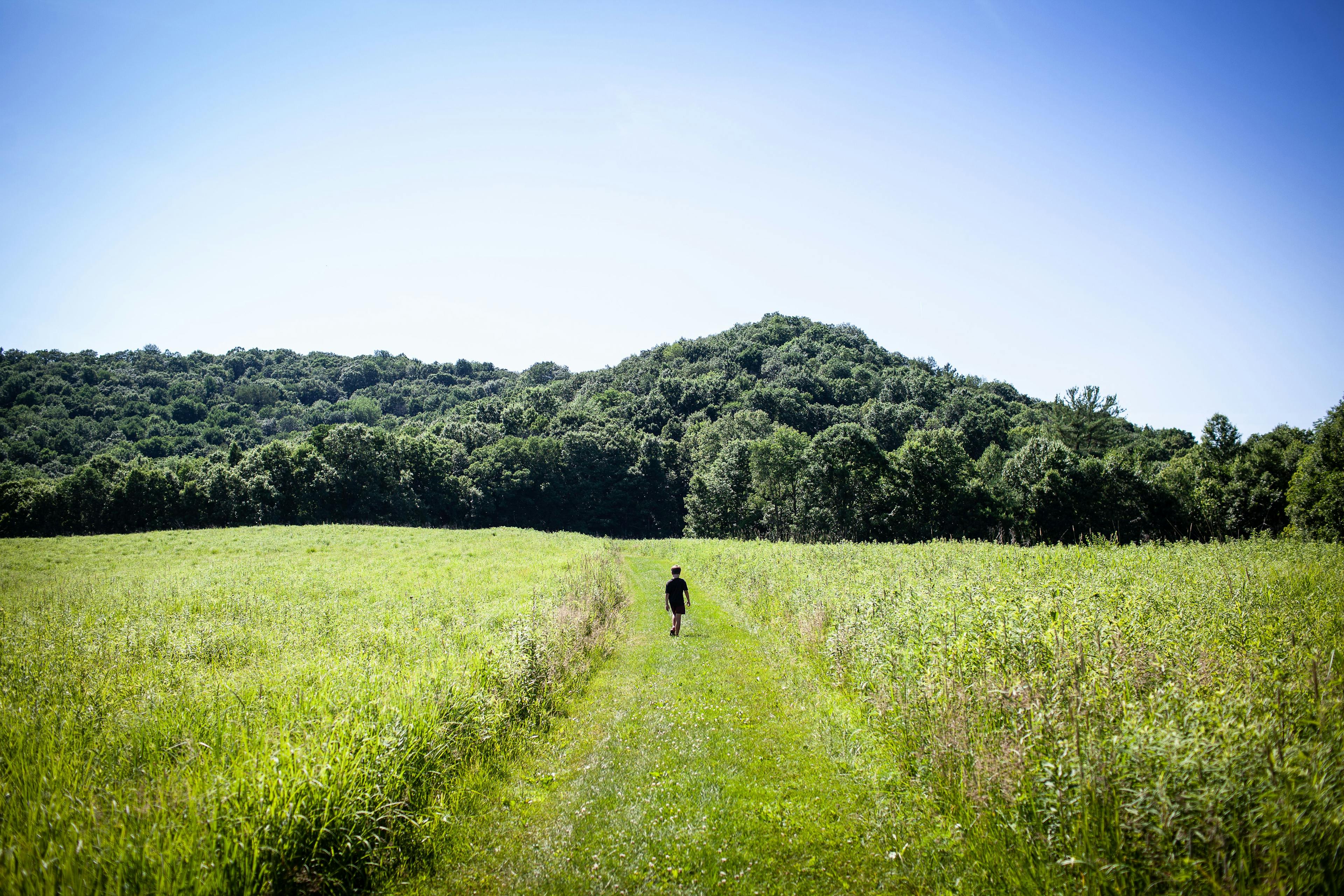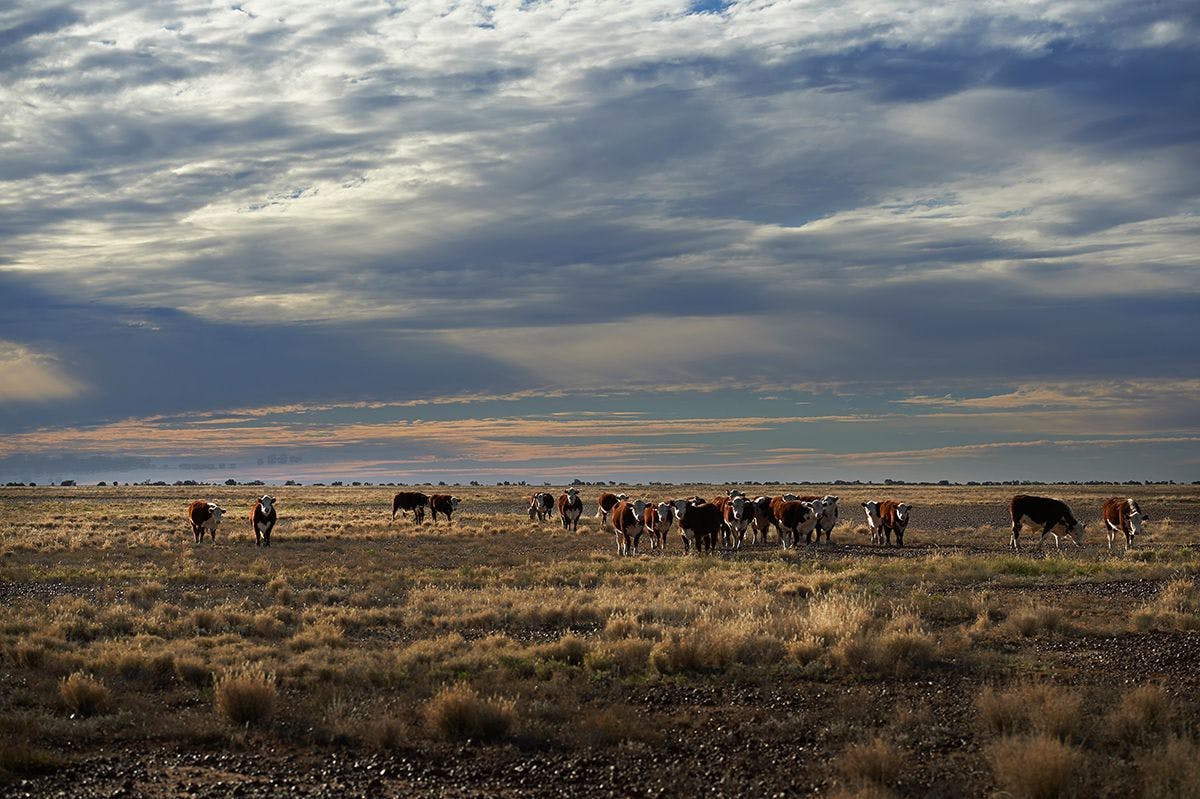
Earth
Setting Down Roots for Waterway Restoration on Organic Valley Farms
Hundreds of volunteers poured enthusiasm into planting trees and shrubs along waterways on two California Organic Valley dairies to benefit soil health, biodiversity, wildlife, and control runoff. Termed "riparian restoration," even the cows like it!
At Organic Valley, we strive to do what is best for our families, our animals, and the environment. It’s a unique way to look at the world. At our office buildings, we achieved our goal of becoming 100% renewable-powered late in 2019 (and we’re pretty proud of it!). Our farmers are also working toward sustainability goals to offset carbon emissions created on their farms across the U.S.
We believe in a better ecosystem. A better ecosystem means a better living environment for the animals and humans who call our farms home. When we don’t take care of the ecosystems around us, the negative ripple effects could be much further-reaching than we ever imagined. In an effort to create positive ripples, we’re proud to share that two Organic Valley family farms in Sonoma County, California, have taken a huge step toward improving the environmental sustainability of their organic farms by implementing riparian restoration projects on their land—and many more farms may follow in their footsteps.
“I think sustainability is part of organic farming,” said Organic Valley farmer Jarrid Bordessa of Ocean Breeze Dairy. “Being a steward of the land means more than just crop and animal productivity, it extends to improving the soils on our farms to make our home and our planet a healthier place to live.”
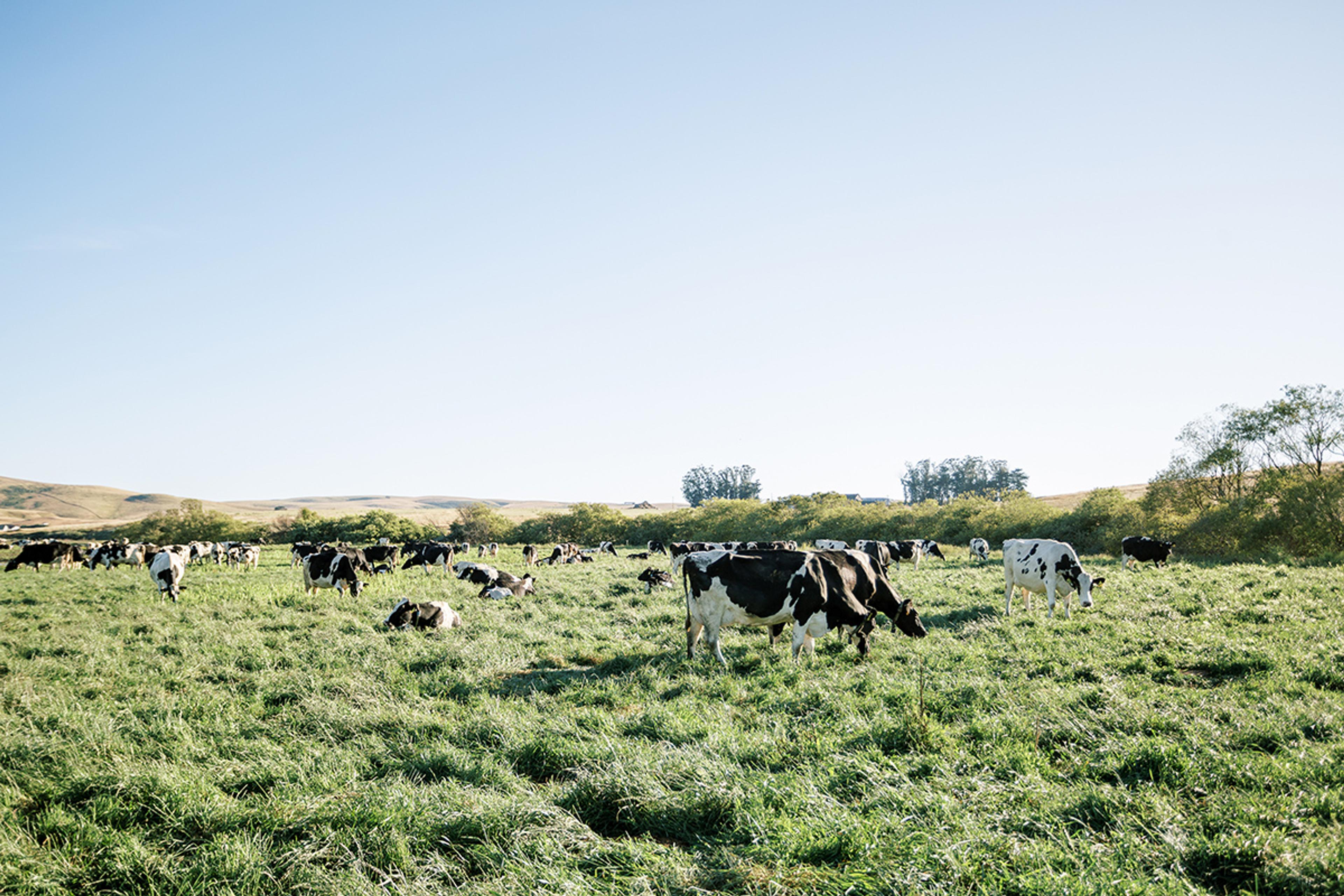
Cows graze lush green fields on the Bordessas' Ocean Breeze Dairy in Northern California.
What is Riparian Restoration?
It’s certainly not a household phrase. At least not yet. “Riparian restoration” simply means the ecological improvement of habitats along waterways such as streams, rivers, springs, lakes, and floodplains. These borderland areas are essential to improving biodiversity and protecting watersheds. Improving the land along waterways helps improve water quality, reduce runoff and erosion, and create habitat that will attract beneficial wildlife.
Once established, the plants and their deep root systems act like “buffers” between upland areas and waterways, filtering pollutants and catching sediment from runoff. The healthy land absorbs more water during heavy rainfall, so it doesn’t run off so quickly, which reduces erosion and slows or reduces flooding downstream. With many farms feeling the impact of increased natural disasters, reducing runoff and flooding is more important than ever.
A biodiverse riparian zone includes a combination of trees, shrubs, and grasses with fibrous root systems to help provide strength to the stream banks. Native perennial grasses and trees provide a deeper root system and help stabilize the streambank. As a bonus, cows especially like to graze on native perennial grasses, helping keep the areas from getting overgrown, and the trees provide a nice place for cows to lay in the shade during warmer months. It’s a complementary system that provides multiple benefits to the ecosystem and to organic farms.
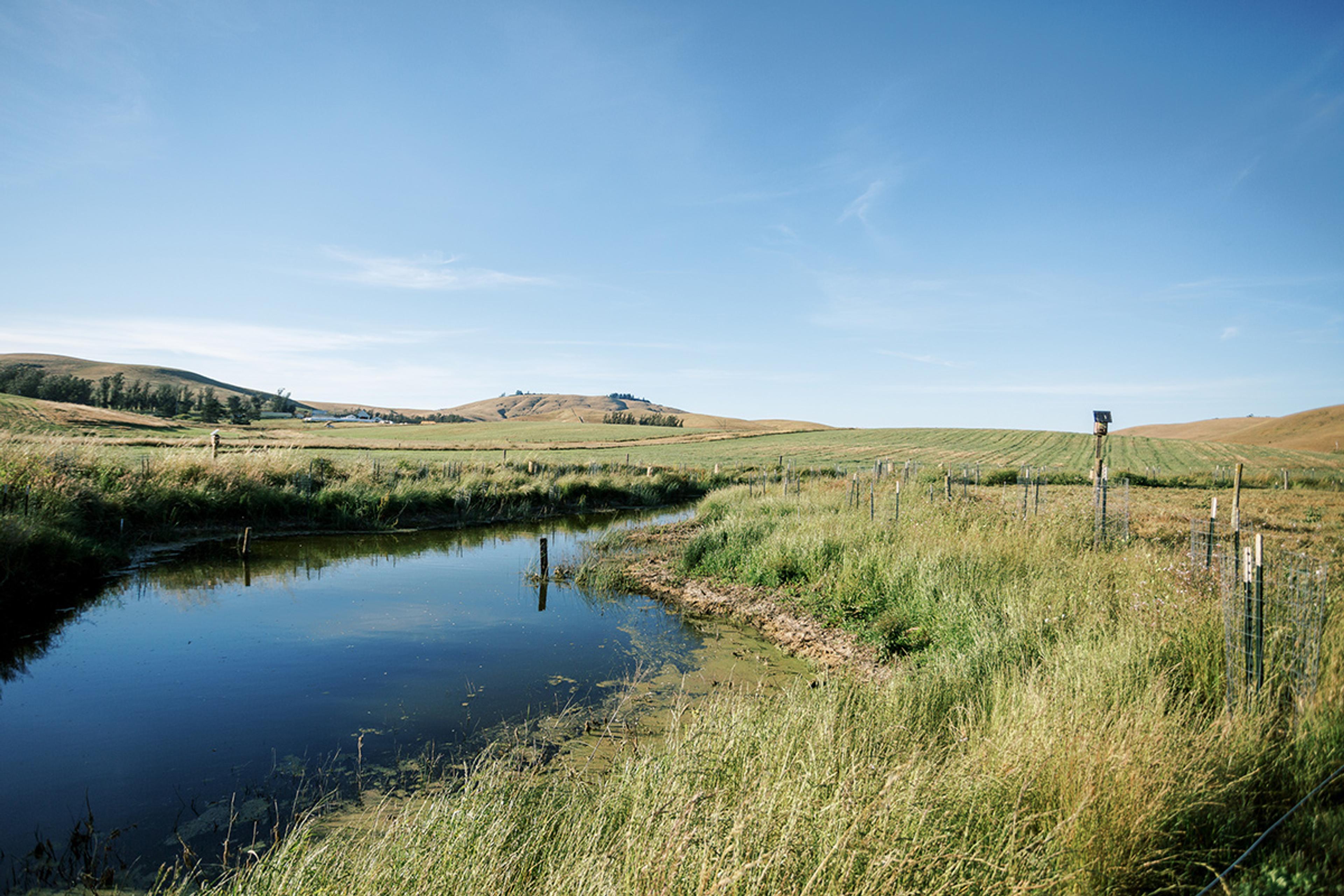
A "riparian" zone includes the land surrounding a waterway, such as this stream on Ocean Breeze Dairy in California. Photo by Jessica Rowland Photography.
Riparian Restoration on Organic Valley Farms
At Organic Valley, we make sure that we’re supporting our farmer-owners in what they want to do for the greater good of the earth. While our farmers are setting a new, higher bar for carbon sequestration and greenhouse gas emission reductions, called Climate Smart Farming, they’re also making a difference in how they care for the planet, such as focusing more on what they’re doing outside on their farm.
We already know that organic farms help increase biodiversity just through organic farming methods, but our farmers don’t stop where organic ends.
McClelland’s Dairy Riparian Restoration Project
About an hour outside of San Francisco is the McClelland family’s dairy. The McClellands’ herd of black and white Holsteins spend their days outside, grazing and lazing in the California sunshine. The restoration project is located on the 337-acre home farm that is dedicated to milk cow grazing. Stemple Creek runs through the property and feeds into the Estero de San Antonio, ultimately reaching Bodega Bay, about 35 miles away.
At the end of 2019, over 150 volunteers (approximately five classes) from Students and Teachers Restoring a Watershed (STRAW), a hands-on student project related to watershed restoration that is integrated into classroom work, flocked to the farm to help plant about 90 individual plants of 12 species of native trees and shrubs. Coastal oak, Oregon ash, California blackberry, coffeeberry, and more found new homes on 2 acres of designated land near Stemple Creek on the McClellands’ property.

Dairy cows on the Bordessas' California farm graze lush, green pasture near the stream, but fencing keeps the cows from distrubing the sensitive riparian (or water-bordering) areas. Protecting these areas improves water runoff filtration and creates habitat that attracts beneficial biodiversity to the farm. Photo by Jessica Rowland Photography.
Ocean Breeze Dairy Riparian Restoration Project
About a half an hour up the road is Ocean Breeze Dairy, where the Bordessa family raises beautiful Holstein cows on 350 rolling acres in Valley Ford, California. On a far corner of the farm lies a 1,800-foot creek called Ebabias Creek, a part of the Estero Americano watershed. “I wanted to implement the practices that the Organic Valley sustainability team was talking about and see what would happen on my farm,” Bordessa said. “I’m hoping it will sequester carbon, improve wildlife population, and diversity along the streambank.”
Planning for their restoration project started in 2018, and at the beginning of 2020, 14 teachers, 350 students and 60 volunteers planted an amazing 700 plantings of native trees and shrubs, such as Douglas fir, toyon, and twinberry plants, on 2.5 acres along Ebabias Creek.
The team at STRAW used the time before the planting days to introduce basic principles of habitat enhancement, native plant restoration, and watershed health to the students participating. “It’s pretty powerful to give people—let alone young people—the opportunity to participate in a solution,” said Isaiah Thalmayer, senior project manager of Point Blue, one of the organizations coordinating the project. “We all hear a lot of ‘doom and gloom’ news these days, especially around climate change, and it is really empowering to present a solution and all the learning that comes along with that.”
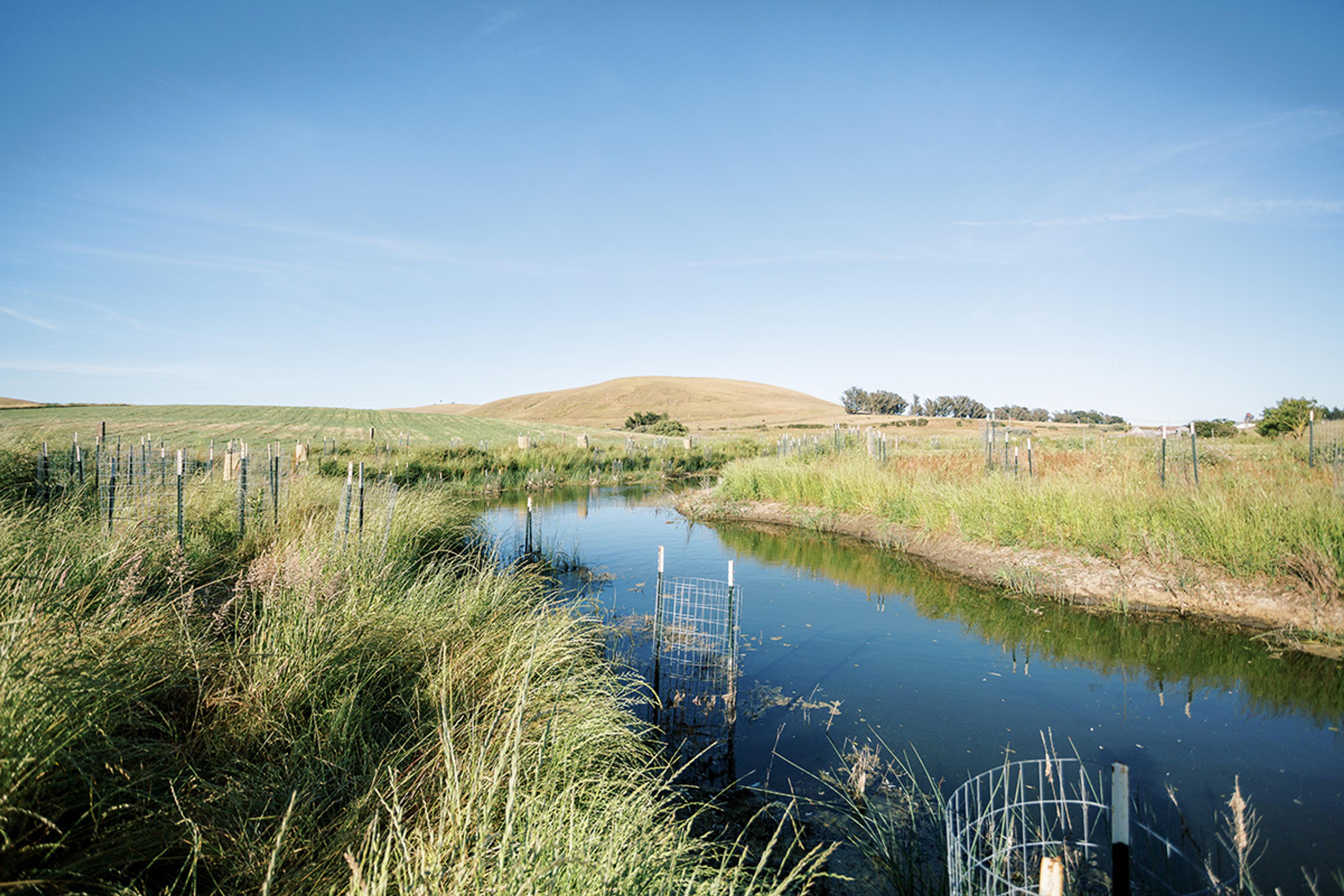
Phase Two and Forward
During the second phase in summer 2020, STRAW will install irrigation systems on both farms. After the school year, STRAW staff will monitor and maintain the projects for one to two years. “Maintenance and irrigation are critical for the success of these projects. We hope to work with the landowners to maintain success after that time period,” Thalmayer said.
When finished, the projects will help prevent erosion, improve water quality, provide habitat for wildlife, and maintain the health of the ecosystem around it. In fact, healthy riparian zones have incredible potential to draw carbon from the atmosphere and store it in the soil, trunk stems, and branches. The Bordessa family’s dairy and the McClelland’s farm project has the potential to store a combined 40 tons within the first five years!
“It's important to take care of the land, water, and air we breathe. Every little bit that we can all do contributes to having a healthier earth,” McClelland said.
Between the students, teachers, partners, and farmer-members, the projects’ upkeep will be taken care of for years to come. “The partnerships have been key. We couldn’t have done it without them—no way,” said Jessica Luhning, Organic Valley sustainability manager.
More than 5 acres across the two farms have been enhanced through this program. Although that may not seem like much land, improving just a few acres will have wide-reaching benefits for the plants, animals, and tributaries around both farms. And the best part? More farmers want a part of it!
“We have more farmers signed up for Climate Smart Farm planning in Sonoma County just because these two did it,” Luhning said. “Initially, we didn’t have a lot of interest, but I think we now have six or seven other farms in that area of California who want to participate, based on the work that’s been done on the Bordessa and McClelland farms. You plant the seed somewhere and it will grow. It is our hope to scale up and scale out Climate Smart Farm planning.”
It is truly inspiring to see more organic farms take on initiatives like riparian restorations. When we care for our outside world, the ripple effects are numerous—our planet benefits, of course, but we’re also creating healthy places for the farms’ dairy cows to graze and relax, which helps them produce wonderful milk that we all can enjoy.
Caring for the ecosystems and animals on our organic farms is just one link in creating a healthy planet and healthy food for all.
Organic Valley extends a huge thank you to the partners in these two restoration projects:

The Coastal Conservancy is a California state agency established in 1976 to protect and improve natural lands and waterways, to help people get to and enjoy the outdoors, and to sustain local economies along California’s coast. Its vision is of a beautiful, restored, and accessible coast for current and future generations of Californians.
The Ebabias Creek Riparian Restoration Project is part of California Climate Investments, a statewide program that puts billions of cap-and-trade dollars to work reducing greenhouse gas emissions, strengthening the economy, and improving public health and the environment, particularly in disadvantaged communities.
We’d also like to thank the Gold Ridge Resource Conservation District, the Sonoma Resource Conservation District, and the California Department of Food and Agriculture (CDFA). These projects would not have happened without these organizations’ support in planning, securing grant dollars, and funding from CDFA. Finally, we’d like to thank the Carbon Cycle Institute and Dr. Jeff Creque, who assisted with the original Carbon Farm Plans on both dairies and the identification of riparian restoration as a key practice to sequester carbon.
Elizabeth McMullen works in public relations at Organic Valley. McMullen lives near the Mississippi River in the beautiful Driftless Region of Wisconsin. A self-proclaimed cow lover, she enjoys reading, being on the river and spending time with her family.
Related Articles
- Tags:
- land stewardship & conservation














